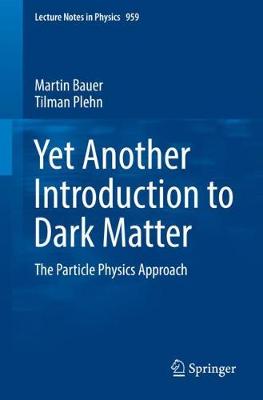Lecture Notes in Physics
2 primary works
Book 844
With the discovery of the Higgs boson, the LHC experiments have closed the most important gap in our understanding of fundamental interactions, confirming that such interactions between elementary particles can be described by quantum field theory, more specifically by a renormalizable gauge theory. This theory is a priori valid for arbitrarily high energy scales and does not require an ultraviolet completion.
Yet, when trying to apply the concrete knowledge of quantum field theory to actual LHC physics - in particular to the Higgs sector and certain regimes of QCD - one inevitably encounters an intricate maze of phenomenological know-how, common lore and other, often historically developed intuitions about what works and what doesn’t.
These lectures cover three aspects to help understand LHC results in the Higgs sector and in searches for physics beyond the Standard Model: they discuss the many facets of Higgs physics, which is at the core of this significantlyexpanded second edition; then QCD, to the degree relevant for LHC measurements; as well as further standard phenomenological background knowledge. They are intended to serve as a brief but sufficiently detailed primer on LHC physics to enable graduate students and all newcomers to the field to find their way through the more advanced literature, and to help those starting to work in this very timely and exciting field of research. Advanced readers will benefit from this course-based text for their own lectures and seminars.
.
Book 959
Dark matter is a frequently discussed topic in contemporary particle physics. Written strictly in the language of particle physics and quantum field theory, these course-based lecture notes focus on a set of standard calculations that students need in order to understand weakly interacting dark matter candidates.
After introducing some general features of these dark matter agents and their main competitors, the Higgs portal scalar and supersymmetric neutralinos are introduced as our default models. In turn, this serves as a basis for exploring four experimental aspects: the dark matter relic density extracted from the cosmic microwave background; indirect detection including the Fermi galactic center excess; direct detection; and collider searches. Alternative approaches, like an effective theory of dark matter and simplified models, naturally follow from the discussions of these four experimental directions.

